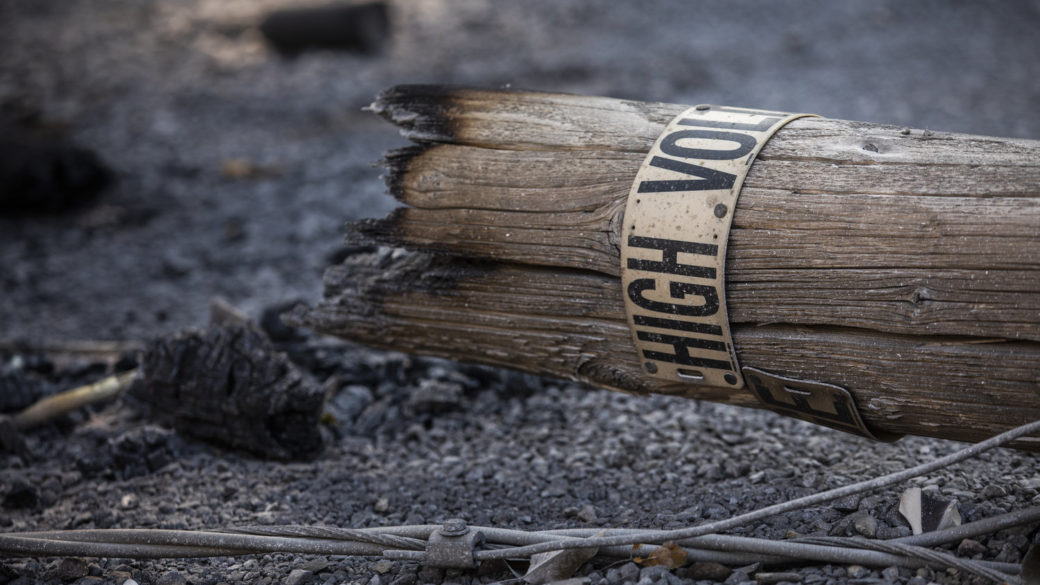Utility Companies and Inverse Condemnation
If PG&E and other utility providers want to abolish or change inverse condemnation liability, the legislature must rescind the power of eminent domain it has delegated to these utility providers. They cannot have one without the other.
An inverse condemnation action is merely an eminent domain action initiated by a property owner rather than the government. The right delegated to utility providers to take private property to construct their facilities is a tremendous power that demands accountability. The California Supreme Court has stated the guarantee of just compensation “extends to both types of cases and not merely where the taking is cheap or easy; indeed the need for compensation is greatest where the loss is greatest.” If PG&E and other utility providers want to preserve the benefits that come with their right to take private property, they must bear the associated responsibility should those same facilities be the substantial cause of a devastating fire.
Compelling policy underlies the constitutional mandate of just compensation: individuals who suffer damages caused by those works and facilities that benefit the public should not be forced to bear the costs which in fairness should be spread amongst the public as a whole. This is the foundation of strict liability. Strict liability has applied to inverse condemnation actions for a physical taking or damaging since the California Constitution was amended in 1879. Inverse condemnation applies to PG&E and other privately-owned utilities, because their monopolistic authority, including the power of eminent domain, is derived from the State and they are more like a government entity than purely private companies.
PG&E’s argument to abolish our fundamental constitutional rights is two-fold. For one, PG&E invokes climate change. It is hard to understand how climate change started the North Bay fires, why climate change should eliminate inverse condemnation liability, or how doing so would protect us from tomorrow’s fires. PG&E’s facilities, not nature or climate change, created the risk and caused many of the North Bay fires. If PG&E’s facilities are not the substantial cause of a fire, it will not be liable and will not have to pay just compensation. Second, PG&E claims rates will go up or it may go bankrupt if it is required to pay for damages substantially caused by its facilities. Ignoring the merits of its assertions, a monetary loss is no excuse to limit our rights. Our Supreme Court has stated that our “constitutional rights are not measured or limited by monetary considerations.” When a utility provider’s facilities cause fire, devastation, and death, are we willing to sacrifice the greater good and our Constitutional rights for the benefit of the company’s bottom line?
The condemnation clause of the California Constitution exists to protect private property owners from government excess – not the other way around. It is our safeguard and incentivizes utility companies to act responsibly. Instead of attempting to duck liability, providers and the government should recognize the risk of liability and take positive action to increase the design and maintenance standards to achieve the highest degree of protection possible. We should expect no less.


